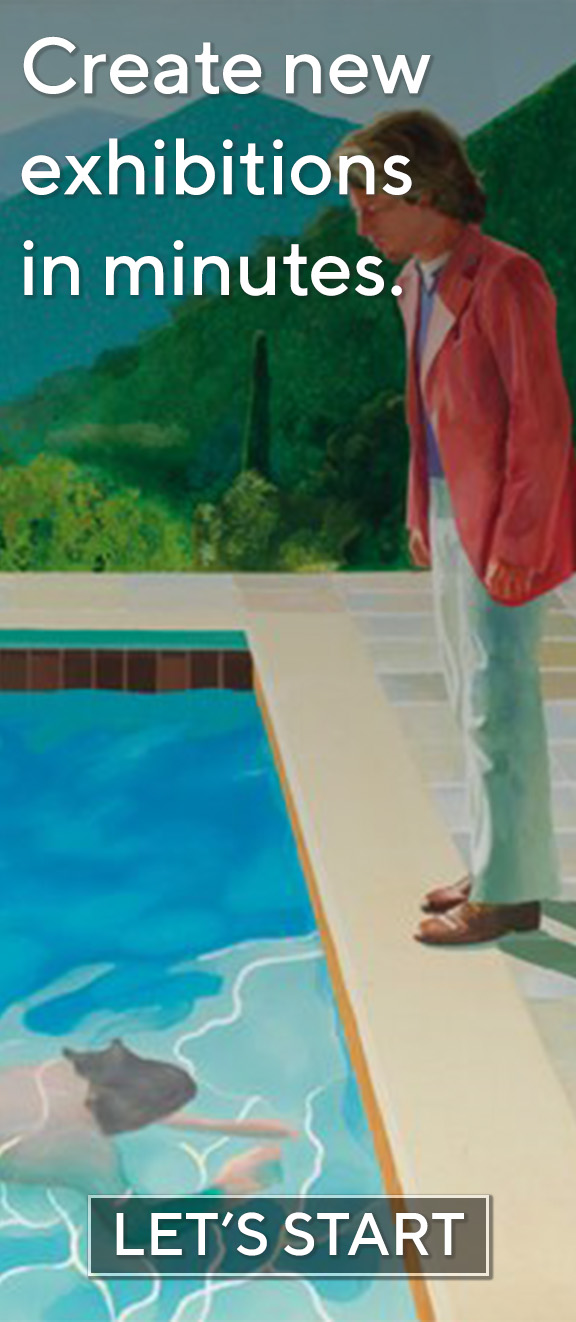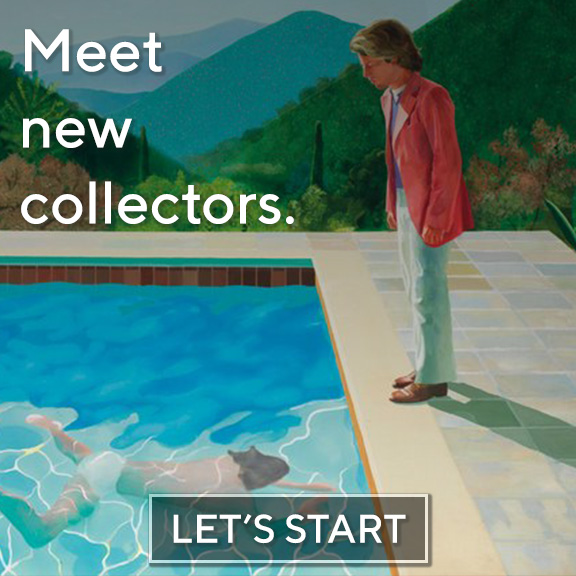

The exhibition is made possible by Stiftung Kunstfonds.
Today, the stream increasingly has superseded all other forms of visual culture; the transmission of moving images is no longer linked to linear network television; it can take place anywhere at any time, ranging from Netflix serieses to personal Instagram stories. The pandemic has drastically accelerated this trend. During the lockdowns, pub... more >> 26. February 2021 - 02. May 2021
The exhibition is made possible by Stiftung Kunstfonds.
Today, the stream increasingly has superseded all other forms of visual culture; the transmission of moving images is no longer linked to linear network television; it can take place anywhere at any time, ranging from Netflix serieses to personal Instagram stories. The pandemic has drastically accelerated this trend. During the lockdowns, public spaces have been replaced by video streams as sites of human connection.
The fact that we can immerse ourselves in the fictional worlds of television series at any time reflects an immense logistical effort. These streams encompass server farms through which the huge amounts of data for streaming flow, the actors in front of the camera, the make-up artists who apply their ‘faces’, the designers and costume personnel who clothe the perfomers, the directors plotting scenes, the camera operators who interpret the directors’ commands, sound engineers who carefully follow the actors with boom mics. An entire solar system of different professions and devices buzzes around the action before the camera broadcasts the result to our screens. Standing by are the actors who are not part of the scene as well as other devices awaiting deployment. The artist Britta Thie found herself travelling in this galaxy of labour as an actor while filming a series in Budapest. While she was waiting for her scenes, her gaze wandered over the array of camera carts, headlights, and audio ports populating the set.
Seen from the outer edge of the machine park without the people who usually operate them (the so-called "grip department"), these devices seemed to acquire personalities. Over the course of the series’ filming, Thie captured these inanimate companions in photos. When the Covid-19 pandemic forced large parts of the film industry to a standstill - including the production in which Thie starred - she decided to translate the photos into large-format paintings. Ennobled by the historical format of the portrait, and the absurd effort of the physical painting process, these machines stare from the gallery walls like ancestral portraits in a mansion. Thus, Britta Thie translates one of the youngest and fastest forms of media, digital television, into one of the oldest and slowest: painting.
For the first time since her studies, Thie, who is best known for her video work, in this exhibition inhabits the role of the painter. Just as Bruce Nauman related the spatial limitations of his body and his studio to the then-young medium of video, or Richard Serra the gravity of lead, Britta Thie explores the liberated potential of digital media by means of the oldest portable image-making medium. Thereby, she queries the complexities of representing the originary sense and sensation machine, human beings. As large populations of humanity have been confined again to their homes and are streaming the products of an industry that is itself enmeshed in the challenges of lockdown, Thie’s works seem to adumbrate and chronicle this standstill. Here, at the far end of the great mobilisation of images, it is not, for once, the seemingly weightless streams themselves that stare back at us, but the replaceable hardware that renders them visible.
From: Kolja Reichert: Grip, 2021
About the Artist /
Britta Thie (*1985, Minden) lives and works in Berlin. In 2013 she completed her studies as a master class student of Hito Steyerl at the Universität der Künste in Berlin. Her work has been exhibited worldwide, including the Anthology Film Archives (New York), the Mumok (Vienna) or the Julia Stoschek Collection (Berlin).










